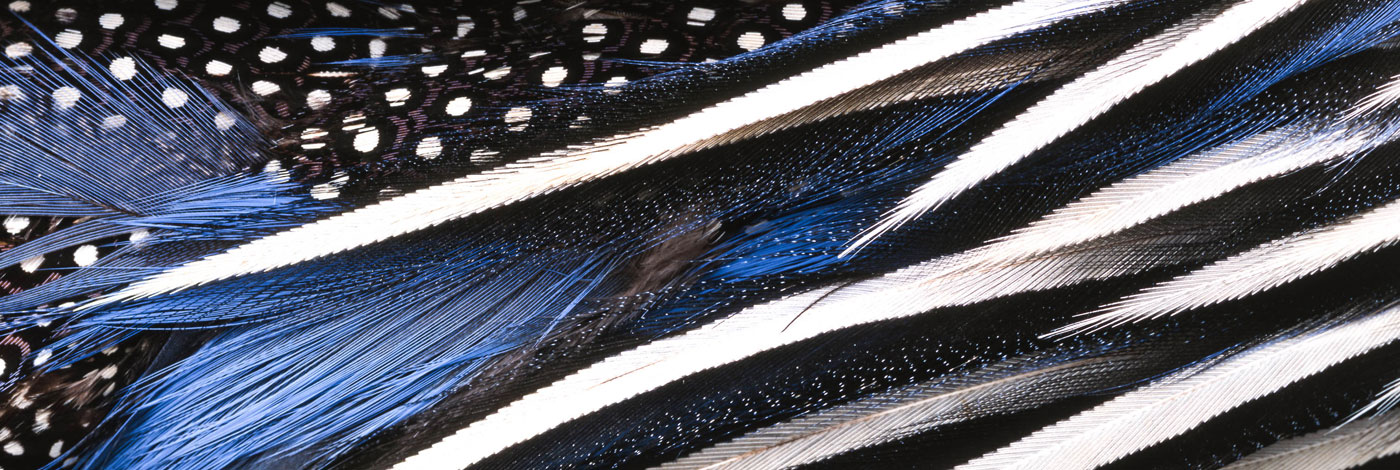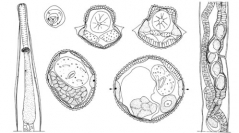

 Zoosystema
19 (1) - Pages 61-79
Zoosystema
19 (1) - Pages 61-79Like most of the other Neotropical and Palearctic Oswaldocruzia , the species from the Nearctic zone are characterized by spicules with three main branches: blade, shoe and fork, but the division of the fork above the distal third of the spicule length appears to be characteristic of the Holarctic species. The species are morphologically closely related. They are mainly distinguished by the relative disposition of bursal rays 6, 8 and 9, the pattern of the synlophe in the oesophageal region and by the shape of the spicular tips. The study is done from new Canadian material. Redescription of Oswaldocruzia pipiens Walton, 1929, a parasite of Rana sylvatica: caudal bursa of type I, well developed cervical alae, each made up of one ridge with chitinous support. Description of five new species: (1) O. audebertae n.sp., a parasite of Bufo americanus: caudal bursa of type II. Poorly developed cervical alae, visible only in transversal section of the body, each made up of three ridges. Spicular blade ending in three processes. (2) O. canadensis n.sp., a parasite of Bufo americanus : caudal bursa of type III. Small cervical alae visible in toto , each made up of one ridge. (3) O. andersoni n.sp., a parasite of Bufo americanus: caudal bursa of type II. Small cervical alae visible in toto , each made up of one ridge. Spicular blade ending in three processes. (4) O. priceae n.sp., a parasite of Rana pipiens: caudal bursa of type II. Small cervical alae visible in toto , each made up of one ridge. Spatulate spicular blade. (5) O. stevensi n.sp., a parasite of Bufo americanus: caudal bursa of type III. Cervical alae absent. In male, about ninety cuticular ridges at mid-body. O. leidyi Travassos, 1917, is considered as nomen nudum. O. leidyi Steiner, 1924, a parasite of Hyla carolinensis, is characterized by a caudal bursa of type I and the absence of cervical alae. O. collaris Walton, 1929, O. subauricularis (Rudolphi, 1819) sensu Walton, 1929, O. minuta Walton, 1941 and O. waltoni Ingles, 1936 are considered as species inquirendae. A dichotomous key of the Nearctic Oswaldocruzia is provided.
Oswaldocruzia, Trichostrongylina, Nematoda, amphibians, Nearctic zone, systematic.